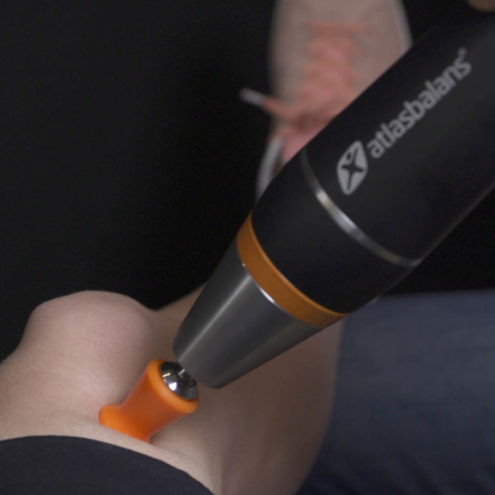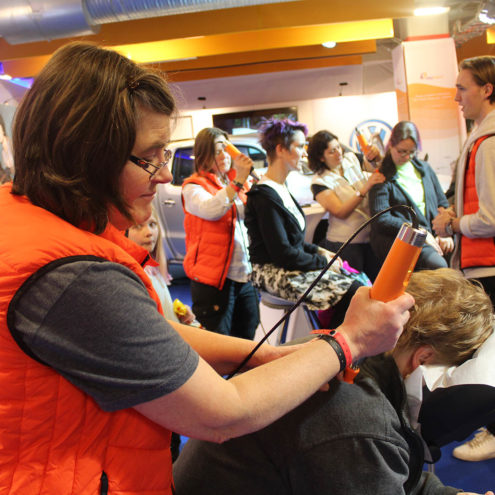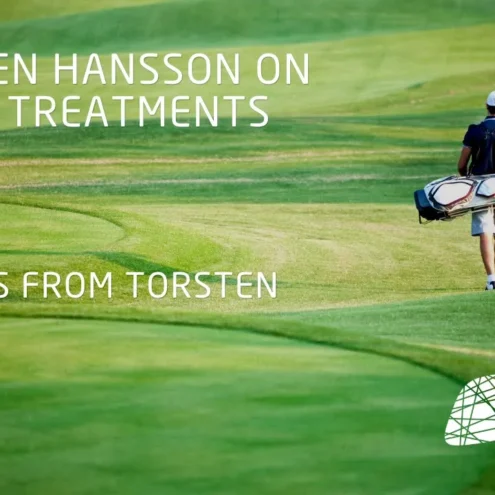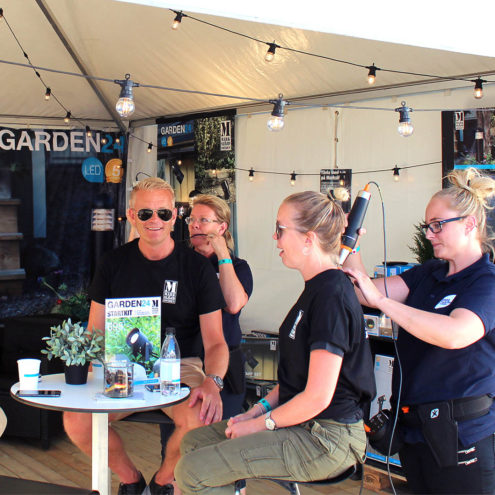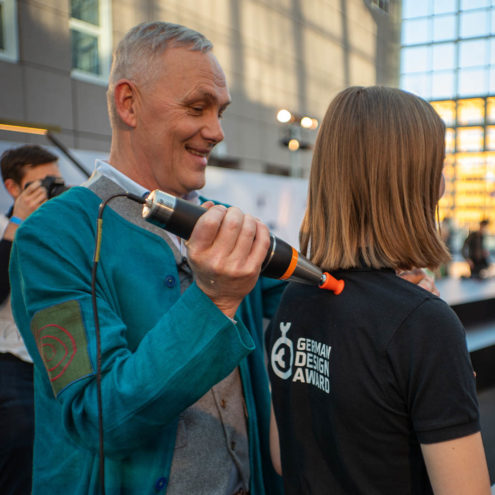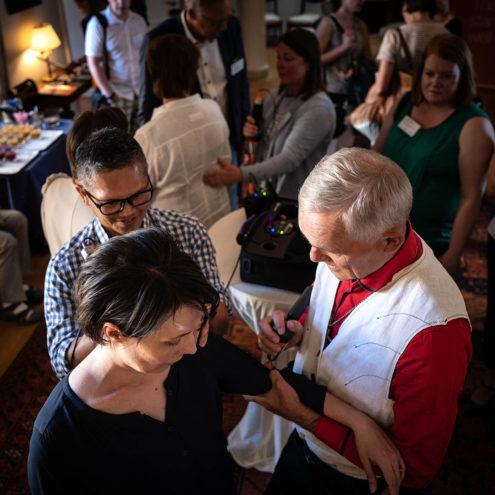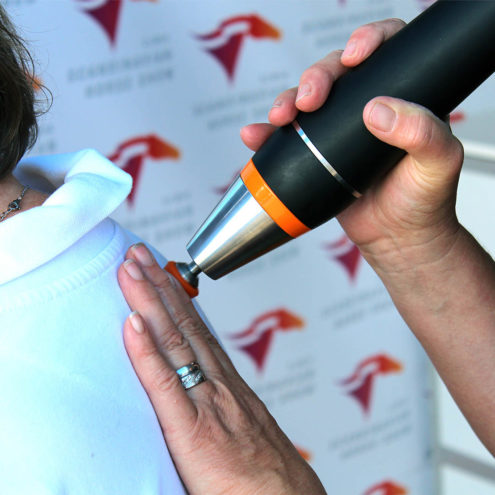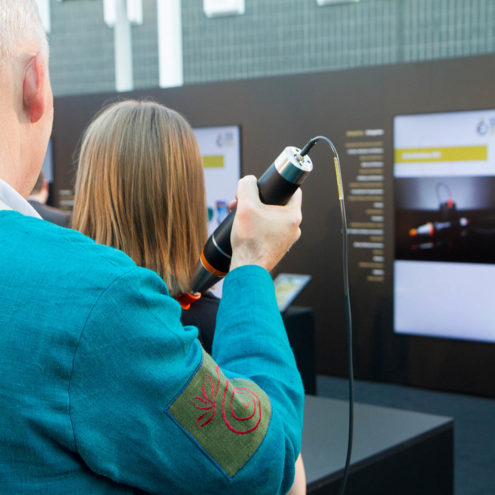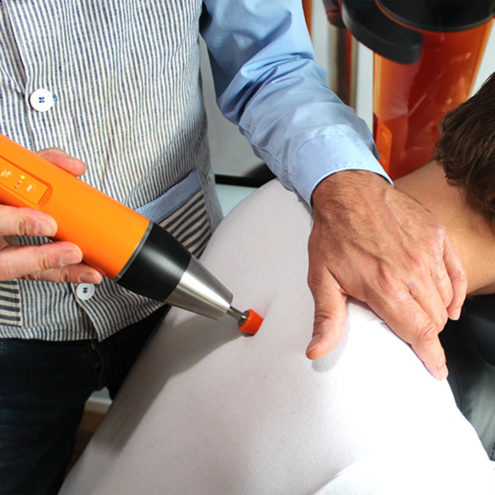All About Gout Of The Toe – Causes, Symptoms And Treatments
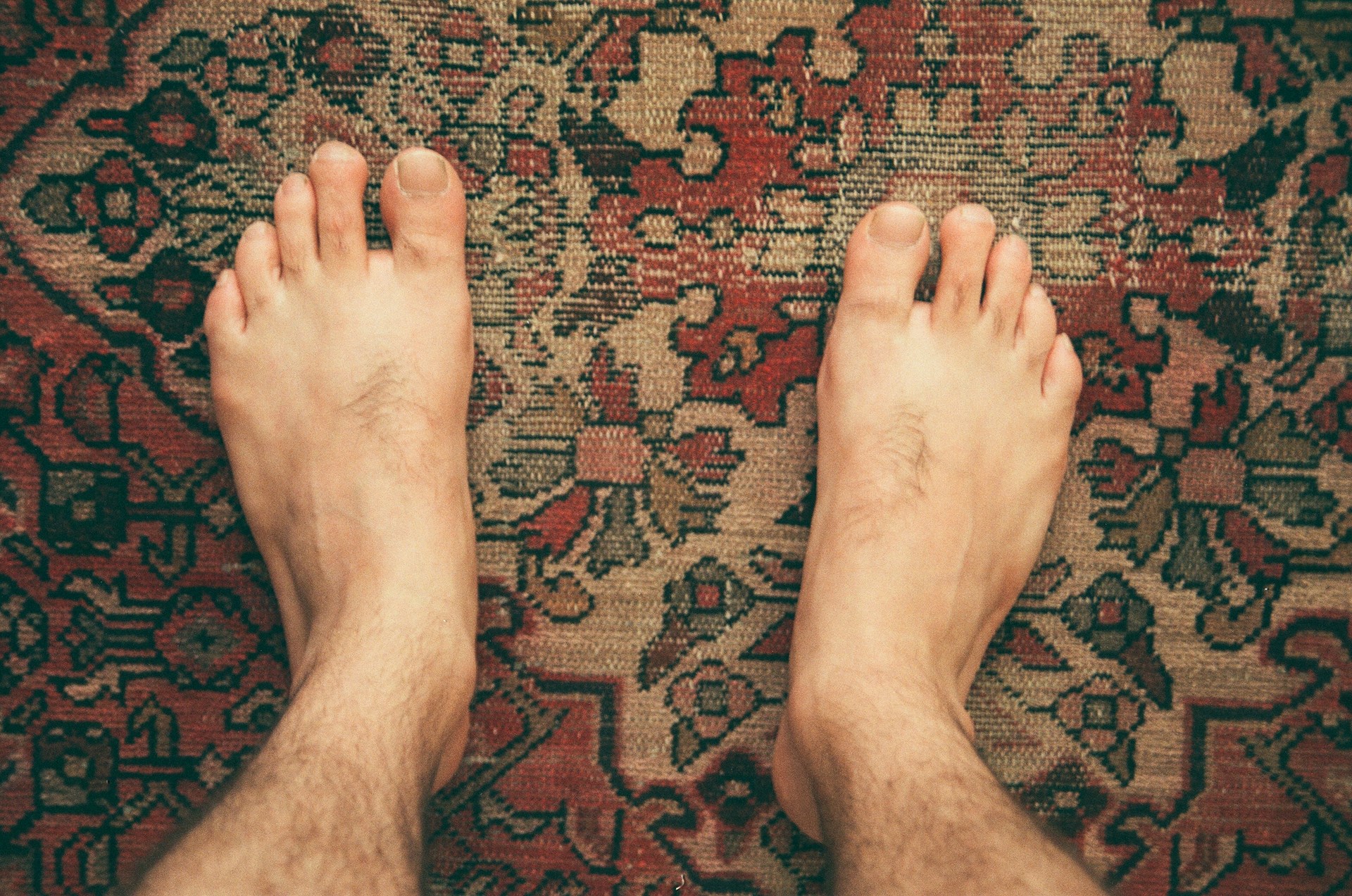
Gout (arthritis urica) is the most common inflammatory joint disease (arthritis) in our society. The disease occurs in a larger proportion of men. The rising prevalence of gout is partly due to changes in lifestyle and increased prevalence of high body weight. Gout can be very painful and often affects the big toe. Not being able to use your foot can be very disabling, affecting your daily activities and work life. Many people with gout are rarely informed about how lifestyle factors can affect their condition. We will explore everything from the underlying biochemistry of the disease to effective strategies for managing and preventing gout attacks.
What is gout of the toe?
Gout is a form of arthritis (joint inflammation) that mostly affects the big toe, hence the name gouty toe. The inflammation is caused by increasing levels of uric acid (urate) in the blood. Uric acid is a by-product of the metabolism of purines. This substance is highly insoluble, and can crystallize and deposit in joints, tendons or other surrounding tissues. It can lead to sudden, intense pain, swelling and redness. This process can be accelerated by factors such as diet and lifestyle, which we will explore further.
Why do you get gout in the toe?
The development of gout in the toe is often linked to several factors that interact. These include:
Diet: A diet rich in purines, such as red meat and shellfish, can increase the body’s production of uric acid.
Alcohol consumption: Excessive consumption, especially of beer and spirits, can interfere with the elimination of uric acid by the kidneys.
Genetics: A family history of gout increases the risk of developing the disease yourself.
Medical conditions: Conditions such as high blood pressure and kidney disease can impair the body’s ability to manage uric acid, increasing the risk of gout.
Unusual symptoms and complications
In chronic gout, other symptoms and complications can occur, such as:
Long-term pain: Chronic inflammation can lead to constant pain in the affected joint. The joints can also suffer from long-term damage.
Tofi: Long-term gout can result in the formation of gouty nodules, tofi-small, hard nodules under the skin, which are accumulations of uric acid crystals. These can be seen under the skin as hard little nodules.
How we can help you
At FasciaClinics, we specialize in seeing and treating the body from a holistic perspective. We perform fascia treatments, a highly effective treatment method that focuses on treating and maintaining the fascia in our body. The fascia is the network of connective tissue that binds and permeates everything in our body. All cells, tissues (even bone tissue), muscles and organs contain fascia. Fascia is also very rich in free pain receptors, known as nociceptors, which respond to stimuli such as pressure and send signals to the central nervous system where they are interpreted as pain.
Fascia treatment focuses on releasing tension and adhesions in the fascia and increasing its flow. Reduced pressure and increased circulation allow cell membranes to more easily absorb nutrients and release waste products. Fascia treatment can lead to improved mobility of the affected joint with less pain and improved self-healing.
During a visit, we analyze the whole body to see where compensations and imbalances are and how they have spread. If there is an imbalance in the body, there is a risk that it will spread and affect other structures. These imbalances may have arisen in several different ways. For example, if the pelvis is uneven, not only will the mechanical load on the feet be different but also nerve signals and circulation will be different. This is why it is very important to seek help quickly as soon as you get symptoms.
Diagnosis of gout of the toe
To diagnose gout in the toe, a combination of physical examination and medical tests, including:
Blood test: To measure the level of uric acid in the blood.
Physical examination: To identify inflammation and other typical signs of gout, such as swelling, redness, and warmth.
Emergency treatment and pain relief
In acute gout, colchicine and anti-inflammatory painkillers are the main treatment, even if the person is already on urate-lowering therapy. It is also important to relieve and rest the toe as pressure can make the pain worse. Self-care options include keeping the affected foot elevated, using cold packs such as ice packs to relieve pain and swelling, and avoiding weight-bearing on the toe.
Long-term treatment and prevention
To reduce the risk of recurrent gouty toe attacks, treatment is often with anti-inflammatory and urate-lowering drugs, such as allopurinol. Treatment often needs to be monitored to check that uric acid levels are at the right level.
Preventive measures against gout of the toe
Diet and lifestyle changes
Adjusting the diet to reduce the intake of foods high in purines and alcohol can significantly reduce the risk of gout attacks. Maintaining a healthy weight and regular exercise can also help control uric acid levels.
Medical Preventive Treatments
For those with frequent or severe gout attacks, long-term medication to help lower the body’s uric acid levels or improve the excretion of uric acid may be necessary. These treatments can help prevent future attacks and protect the joints from further damage.
 Search
Search





